I and my colleagues, Drs. Scott Maddux and Libby Cowgill, have just been awarded an NSF collaborative grant for our project “Experimental testing of thermoregulatory principles: Re-evaluating ecogeographic rules in living humans“.
We will be building a climate chamber down at UNTHSC over the next year, and then begin collecting data. Below is the public abstract for our project.
Human anatomy varies widely around the world but claims that certain physical features are beneficial in particular climates have rarely been experimentally tested. This research will evaluate how differences in head, trunk, and limb anatomy influence the ability of human subjects to regulate their internal body temperature when exposed to different climatic conditions in an environmental test chamber. This collaborative project will thus experimentally test long-held assumptions regarding climatic patterning of human body form. The investigators will share the results of this project through academic publications, STEM outreach activities, public talks, and interviews on a nationally recognized podcast. Graduate, undergraduate, and medical students will be trained in data collection and analysis through participation in this research, and field trip demonstrations of the project equipment and methods will be used to expose economically disadvantaged Texas high school students to potential careers in science and medicine. This project will also produce high-quality, whole body CT scans which will be made readily available to other researchers through an online data archive. Finally, this research will shed light on issues important to both the broader scientific community and the general public, including the significance of human biological diversity and the potential implications of global climate change.
This research will experimentally test proposed relationships between thermoregulatory benefits and environmentally-patterned variation in human anatomy. While climatic pressures are widely cited as contributing to global variation in human head shape, torso dimensions, limb proportions, and overall body size, specific links between physical features and body function in different climatic conditions have not been experimentally established. Furthermore, studies of adaptation to climate have historically focused on separate regions of the body (e.g. braincase, nose, torso, upper limb, lower limb), with minimal attention to how these different anatomical structures interact with one another to function as a whole. To remedy this, the research uses state-of-the-art technologies, including computed tomography imaging and an environmental chamber, to measure the physiological responses of physically diverse living participants exposed to controlled environmental conditions simulating three global climate extremes (hot-dry, hot-humid, cold-dry). Validation of proposed thermoregulatory benefits of specific body forms is essential for guiding future research on climatic adaptation. Further, by employing a
whole-body approach, this study will clarify the role of different anatomical regions in overall thermoregulatory function. In sum, this study will explicitly link hard and soft tissue morphology to physiological outcomes, permitting more confident assessment of climatic adaptation in both modern populations and the fossil record.
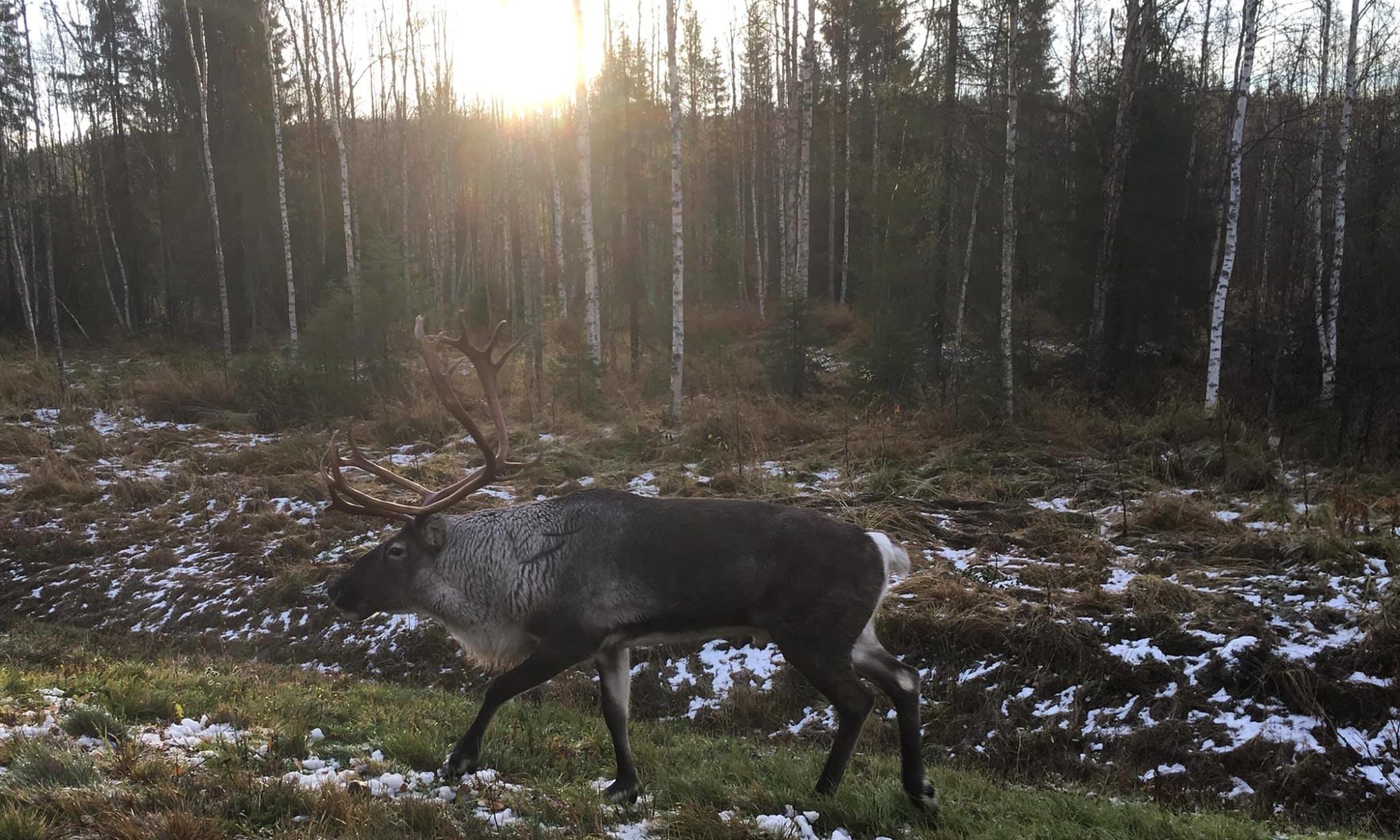
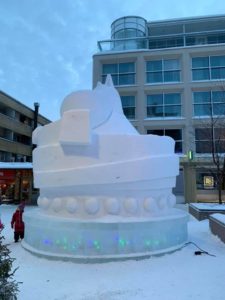
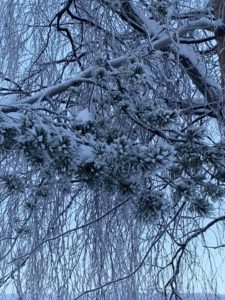
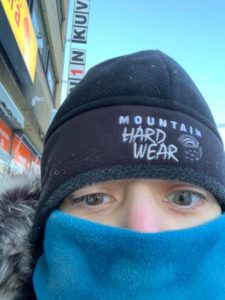
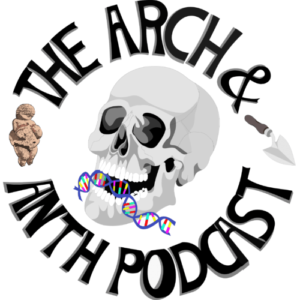 I was thrilled to have the opportunity to chat with
I was thrilled to have the opportunity to chat with 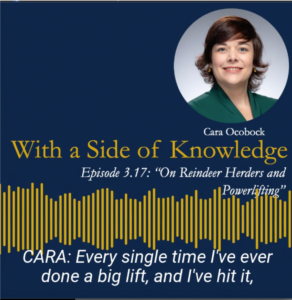 Back in early March I was
Back in early March I was  Many years ago (when I was a graduate student), I played a super minor role in some research looking at the developmental timing of gait in children. This was done in
Many years ago (when I was a graduate student), I played a super minor role in some research looking at the developmental timing of gait in children. This was done in 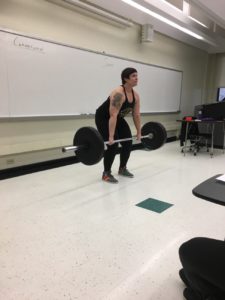
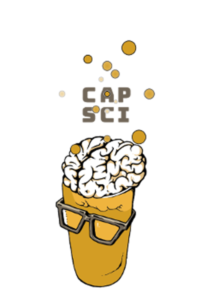 As many of you know I expend a lot of time doing and thinking about science communication and outreach. I founded a Science on Tap series in Grand Rapids, MI when I had my first faculty position at Grand Valley State University. I remember the first event – only 12 people showed up. It took time, but the audience grew with every event. My final Science on Tap before moving to a new position in Albany, NY, drew a crowd of over 300 people. We had to turn people away at the door…for a science event…in a
As many of you know I expend a lot of time doing and thinking about science communication and outreach. I founded a Science on Tap series in Grand Rapids, MI when I had my first faculty position at Grand Valley State University. I remember the first event – only 12 people showed up. It took time, but the audience grew with every event. My final Science on Tap before moving to a new position in Albany, NY, drew a crowd of over 300 people. We had to turn people away at the door…for a science event…in a